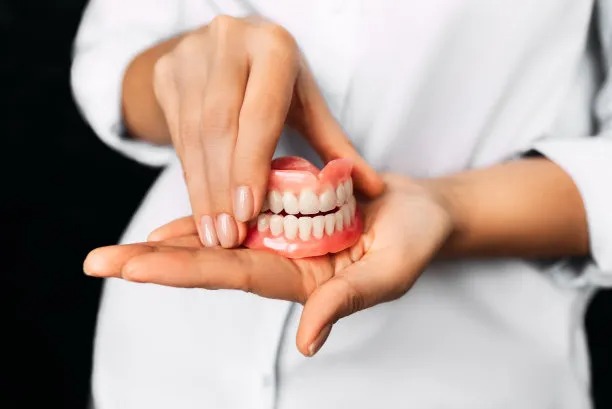Advancements in Dental Implant Treatment Techniques for Enhanced Patient Outcomes and Long-Term Oral Health Benefits
Summary: Advancements in dental implant treatment techniques have significantly enhanced patient outcomes and long-term oral health benefits. This article explores the latest innovations in the field, focusing on four key areas: minimally invasive procedures, advancements in materials, personalized treatment plans, and digital technology integration. Each section highlights how these advancements contribute to improved healing, patient satisfaction, and overall oral health. As dental implants continue to evolve, these cutting-edge techniques not only elevate the quality of care but also ensure better, longer-lasting results for patients seeking dental restoration.
1. Minimally Invasive Surgical Techniques

Recent advancements in dental implant technology have led to the development of minimally invasive surgical techniques. These techniques are designed to reduce patient discomfort and shorten recovery times. By employing smaller incisions and utilizing specialized tools, dental professionals can effectively place implants with less trauma to surrounding tissues.
This approach not only minimizes the physical impact on the patient but also enhances the overall healing process. Patients often experience less swelling and postoperative pain, which improves their overall satisfaction with the procedure. Moreover, the quicker recovery allows individuals to return to their daily activities much sooner.
Minimally invasive techniques also mean fewer complications. With less tissue disruption, the risk of infection and other surgical problems is significantly diminished, leading to enhanced long-term outcomes for patients receiving dental implants.
2. Innovative Biocompatible Implant Materials
The introduction of advanced biocompatible materials has revolutionized dental implant treatments. Historically, titanium has been the primary material used for implants, but recent developments include the use of zirconia, which offers both aesthetic advantages and exceptional biocompatibility.
Zirconia implants provide a tooth-colored alternative that blends seamlessly with natural teeth. This is particularly beneficial for patients concerned about the visibility of traditional metal implants. Furthermore, improved materials enhance osseointegration, allowing the implant to bond more effectively with the jawbone, thereby increasing stability and longevity.
Research is ongoing, with other novel materials being explored that further improve the integration of dental implants. The use of these innovative materials reduces the chances of rejection and other complications, ultimately contributing to better patient outcomes.
3. Personalized Treatment and Restoration Plans
Personalization in dental implant treatment is a vital advancement that considers each patient’s unique anatomy and needs. Custom treatment plans ensure that the surgical approach, type of implant, and restoration method are tailored specifically for the individual, leading to optimized results.
This personalized approach also includes thorough assessments and diagnostics, such as 3D imaging and computer simulations. These tools allow dental professionals to plan the placement of implants with incredible precision, improving accuracy and effectiveness during surgery.
By focusing on personalized treatment, dental practitioners can address specific patient concerns, such as bite alignment and aesthetic preferences, thereby enhancing overall satisfaction and the functional effectiveness of the implants. Tailored treatment plans pave the way for successful, long-term oral health management.
4. Integration of Digital Technology
The incorporation of digital technology into dental implant procedures is a game changer. Utilizing CAD/CAM systems and 3D printing techniques allows for the production of highly accurate dental models and surgical guides, which enhance precision when placing implants.
Digital imaging not only streamlines the planning process but also enables better visualization of the patients oral structure. This leads to more efficient treatments and fewer appointments, as well as a seamless experience for the patient. Virtual simulations can give patients a preview of their post-treatment results, further enhancing their confidence in the procedure.
Moreover, the use of digital record-keeping and monitoring tools allows practitioners to track healing processes and address any potential issues proactively. This integration of digital technology ultimately leads to improved patient outcomes and sustained oral health benefits.
Summary:
In summary, advancements in dental implant treatment techniques significantly enhance patient outcomes and promote long-term oral health benefits. From minimally invasive procedures and innovative materials to personalized treatments and digital integration, these developments revolutionize the dental implant landscape. Continuous improvements ensure that patients receive the highest standard of care and the most effective solutions to their dental restoration needs.
This article is compiled by Vickong Dental and the content is for reference only.



